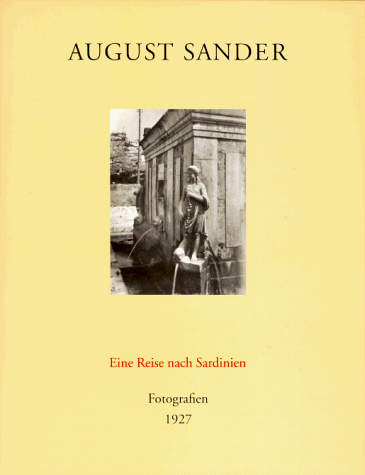Photographic Study S.
1 total work
The People's Photographer
August Sander, unique chronicler of interwar society
August Sander (1876-1964) is regarded as one of the greatest portrait photographers of the 20th century. Though he also captured striking landscape, nature, architecture, and street scene compositions, it is his ability to evoke the essence of sitters across social strata that secure his place as a unique chronicler of interwar Germany and the emerging social kaleidoscope of 20th-century life.
This introduction to Sander's compelling body of work spans the full thematic range of his oeuvre, but with a focus on the portraiture for which he is best remembered. Key images from Sander's magnum opus, "People of the 20th Century" show sitters from seven socio-economic categories: The Farmer, The Skilled Tradesman, Woman, Classes and Professions, The Artists, The City, and The Last People (covering the infirm, vagrants, and homeless war veterans). Unparalleled in scope and ambition, these staggering portraits are a unique document of the Weimar Republic and testimony to Sander's commitment "to tell the truth about our age and its people."
Text in English, French, and German
August Sander, unique chronicler of interwar society
August Sander (1876-1964) is regarded as one of the greatest portrait photographers of the 20th century. Though he also captured striking landscape, nature, architecture, and street scene compositions, it is his ability to evoke the essence of sitters across social strata that secure his place as a unique chronicler of interwar Germany and the emerging social kaleidoscope of 20th-century life.
This introduction to Sander's compelling body of work spans the full thematic range of his oeuvre, but with a focus on the portraiture for which he is best remembered. Key images from Sander's magnum opus, "People of the 20th Century" show sitters from seven socio-economic categories: The Farmer, The Skilled Tradesman, Woman, Classes and Professions, The Artists, The City, and The Last People (covering the infirm, vagrants, and homeless war veterans). Unparalleled in scope and ambition, these staggering portraits are a unique document of the Weimar Republic and testimony to Sander's commitment "to tell the truth about our age and its people."
Text in English, French, and German
